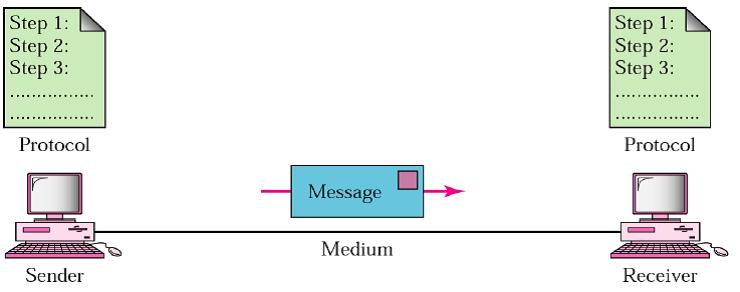Data Communications and Networking Question and Answers
Introduction
1. What is meant by Data Communication and explain its characteristics?
2. What are the components of Data communication?
3. Explain different Data flow directions.
4. What is Network and explain characteristics of Networks?
5. Write about different types of connections.
6. Explain different types of topologies.
7. Explain different types of Networks.
8. Write about Protocol and Standards.


